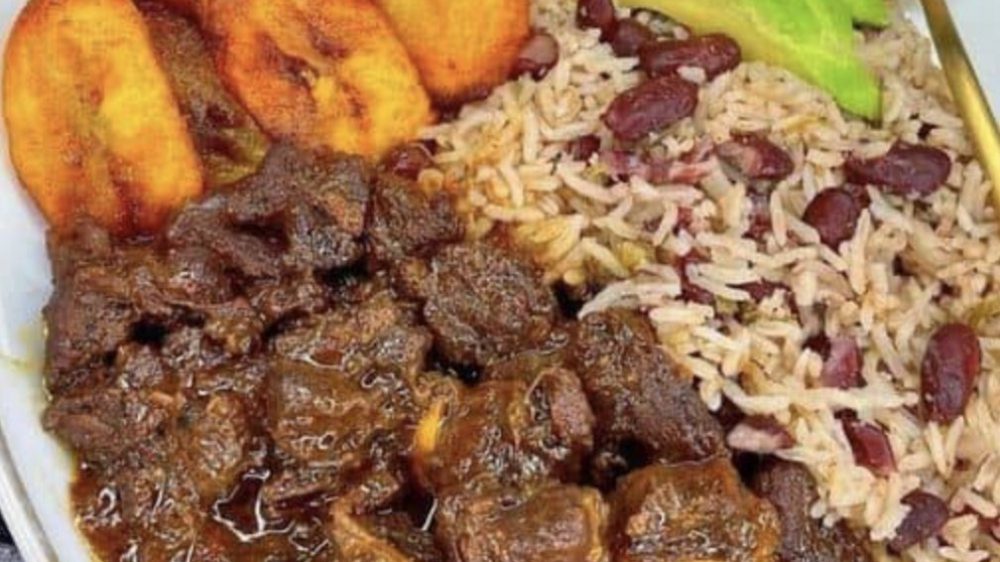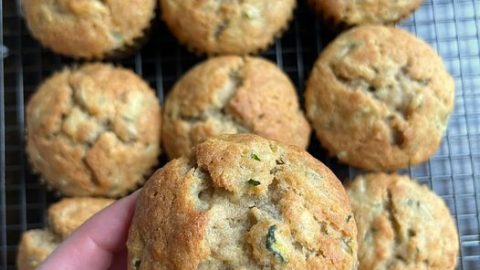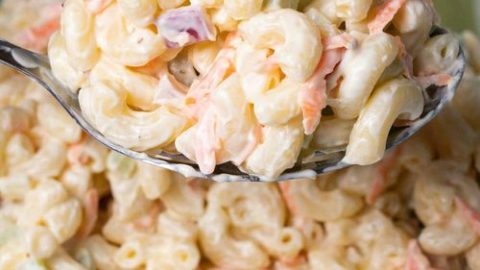Preparation:
- Prep the Ribs:
- Remove the membrane from the back of the ribs if it’s still attached. This can be done by loosening it with a knife and pulling it off with a paper towel for a better grip.
- Apply your dry rub generously on both sides of the ribs. For best results, do this a few hours before grilling or even the night before to let the ribs marinate.
- Prepare the Grill:
- For charcoal grills, arrange the coals on one side of the grill to create a direct and an indirect heat zone. You’ll be cooking the ribs over indirect heat.
- For gas grills, light the burners on one side to a low setting.
- Aim for a grill temperature of around 225-250°F (107-121°C).
- Grill the Ribs:
- Place the ribs on the grill over indirect heat (the side without the coals or the burner off).
- Close the lid to keep the temperature steady.
- Let the ribs cook slowly. This could take anywhere from 3 to 6 hours, depending on the size of your ribs and the exact temperature of your grill.
- Avoid opening the grill too often to check on the ribs, as this can cause significant heat loss.
- Check for Doneness:
- The ribs are done when the meat is tender and pulls away from the bone easily. An instant-read thermometer inserted into the thickest part of the meat (without touching the bone) should read around 195-203°F (90-95°C).
- Optional Glazing:
- In the last 30 minutes of cooking, you can apply a layer of barbecue sauce with a basting brush if you like your ribs glazed. Allow it to caramelize slightly but be careful to avoid burning.
- Rest and Serve:
- Once done, let the ribs rest for about 10-15 minutes covered loosely with aluminum foil. This allows the juices to redistribute throughout the meat.
- Serve the ribs with additional barbecue sauce on the side if desired.
Tips:
- Low and Slow: The key to tender ribs is maintaining a low temperature over a long period. Resist the urge to increase the heat to speed up the process.
- Moisture: To keep the ribs moist during the long cooking process, some people like to place a water pan inside the grill. This helps maintain humidity within the grill.
- Checking for Doneness: Besides using a thermometer, another method to check if the ribs are done is the “bend test.” Carefully lift the ribs with tongs; if they bend easily and start to crack on the surface, they’re likely ready.
Enjoy your slow-grilled beef ribs with your favorite sides for a delicious meal!





